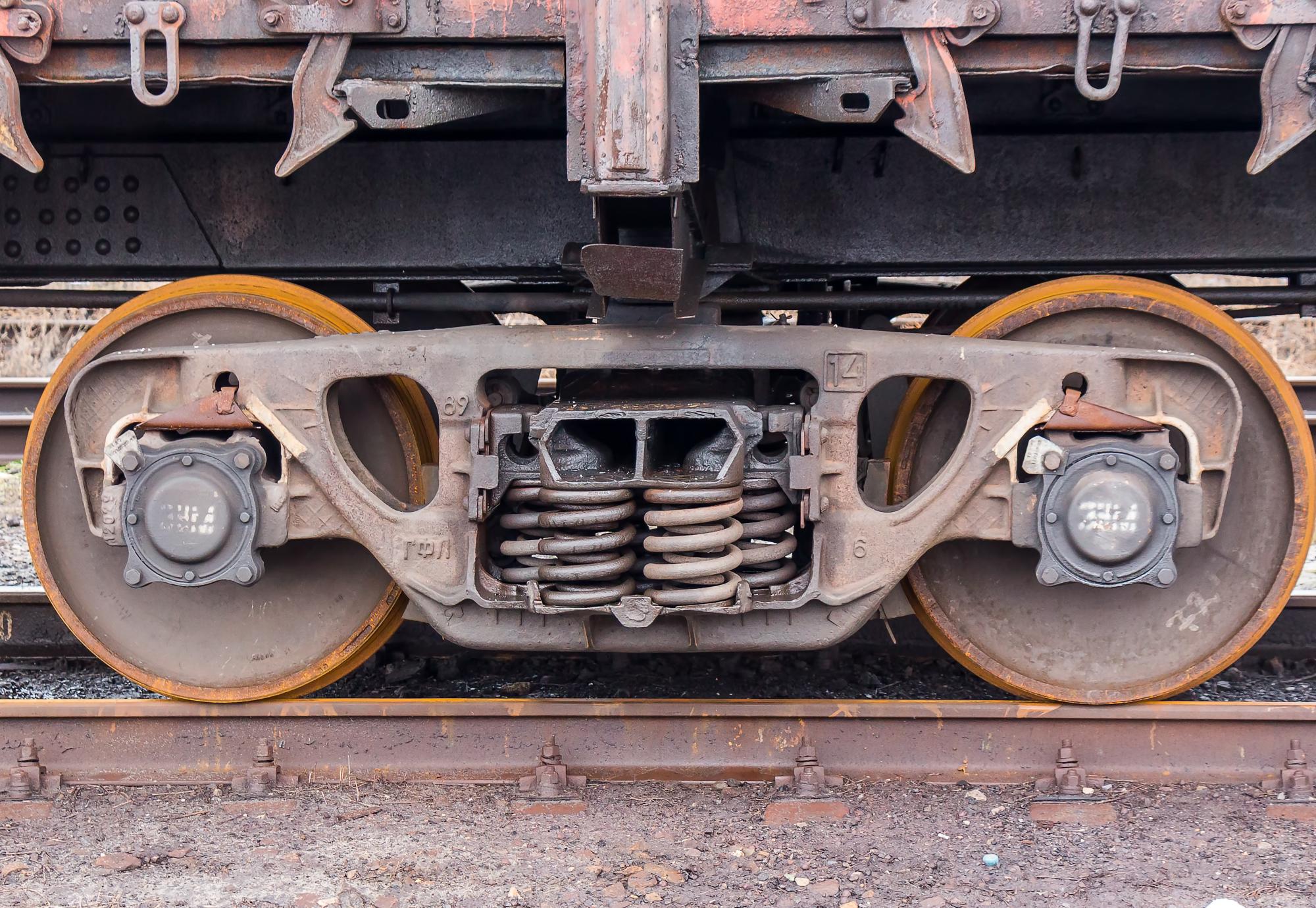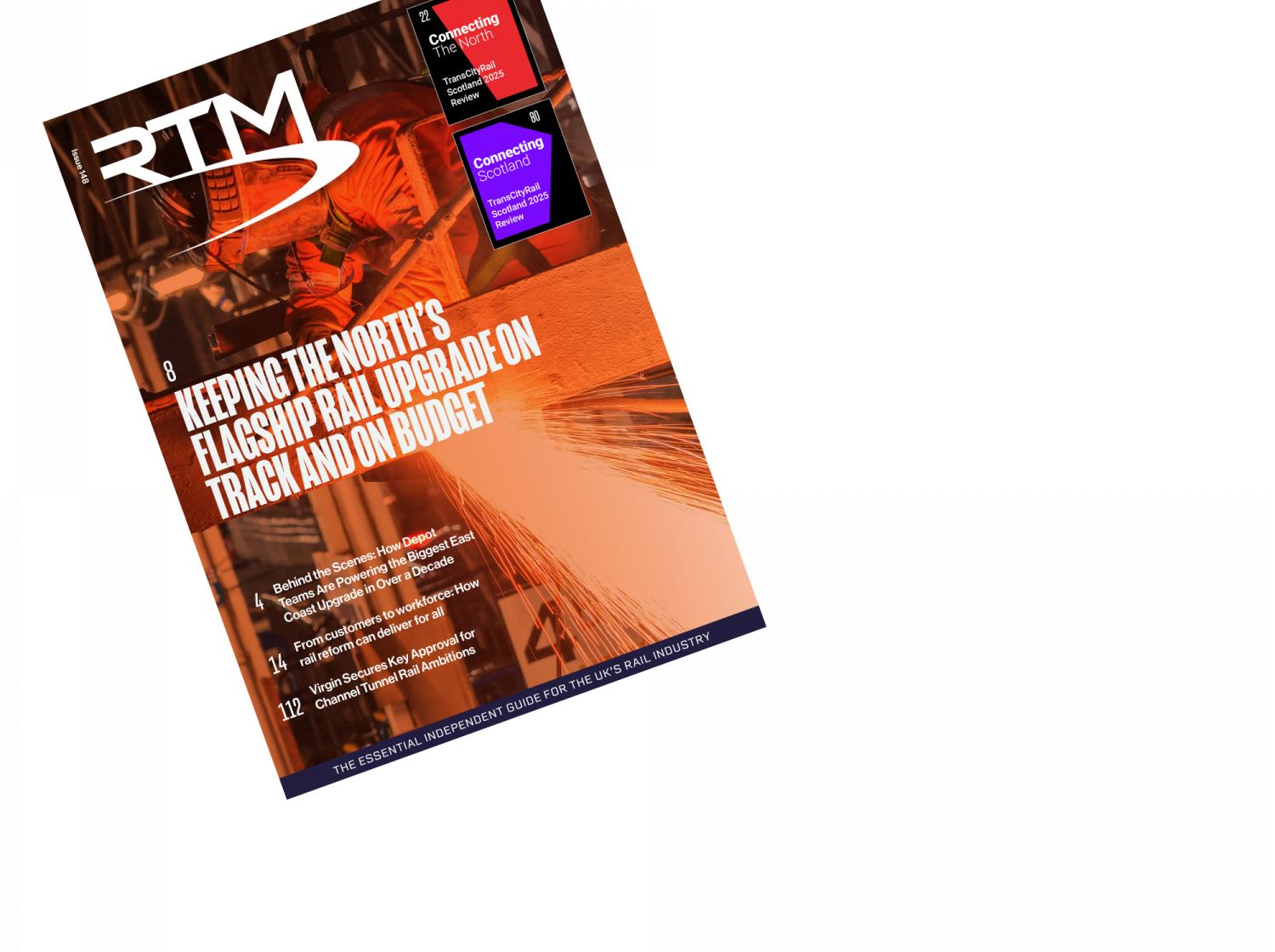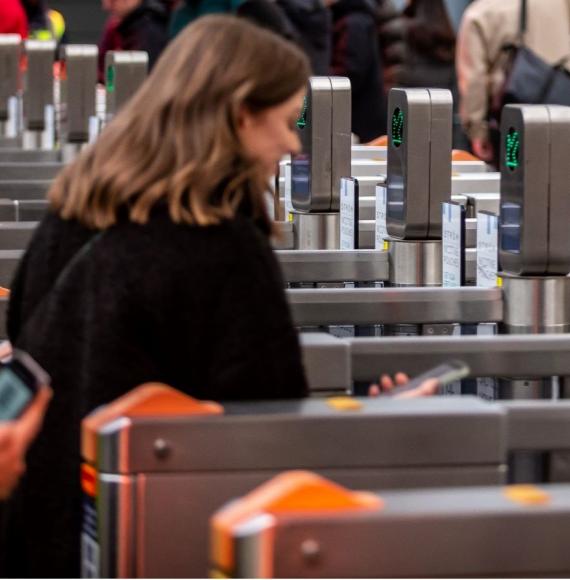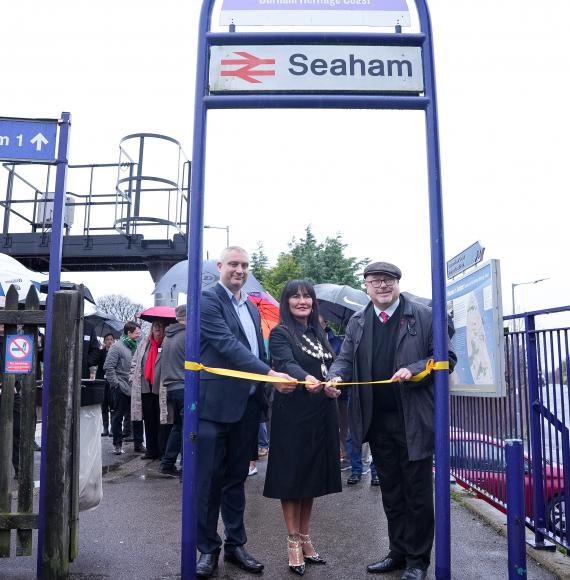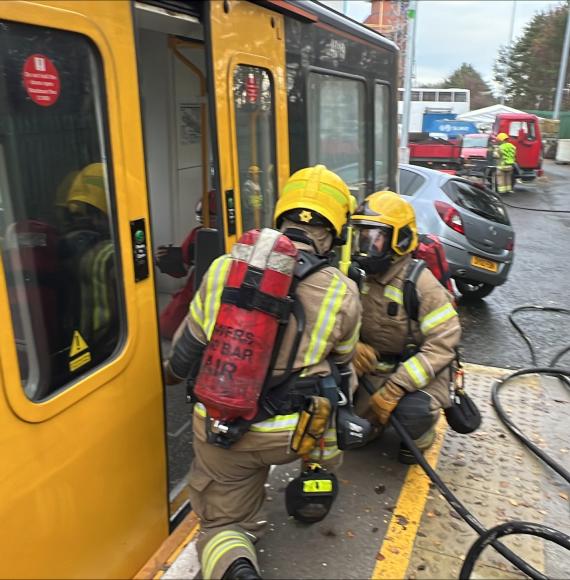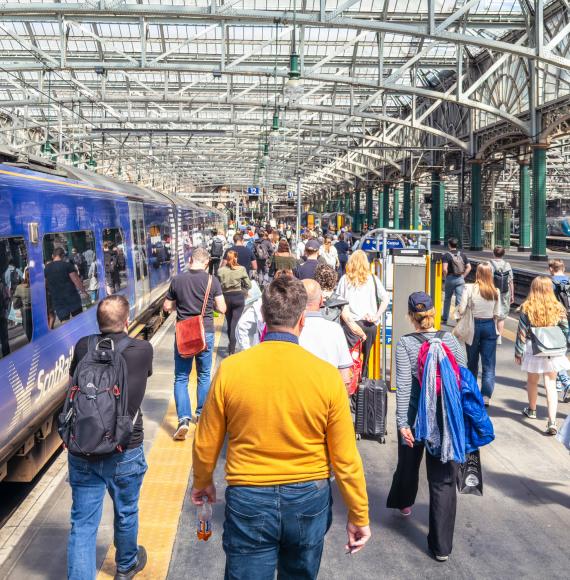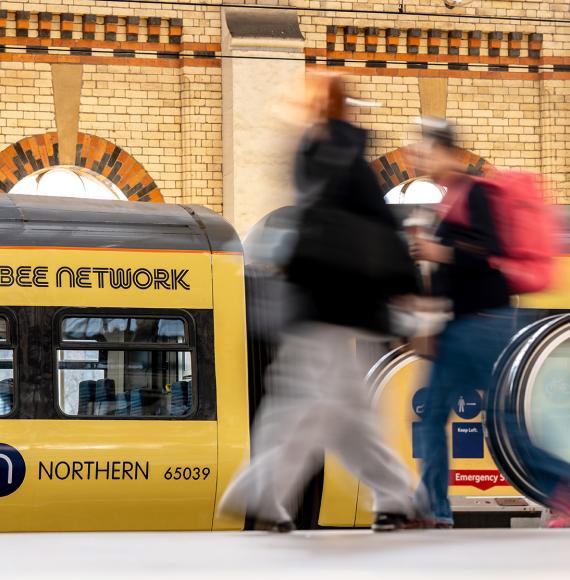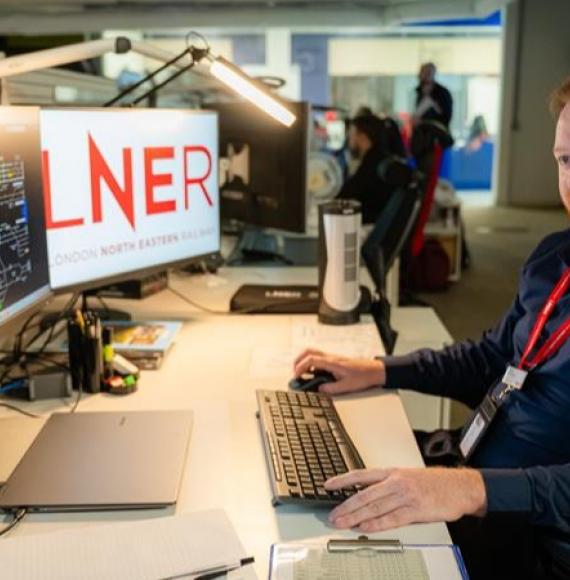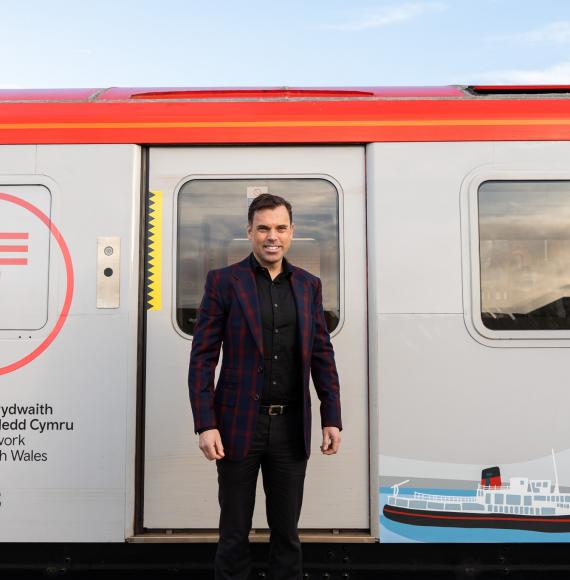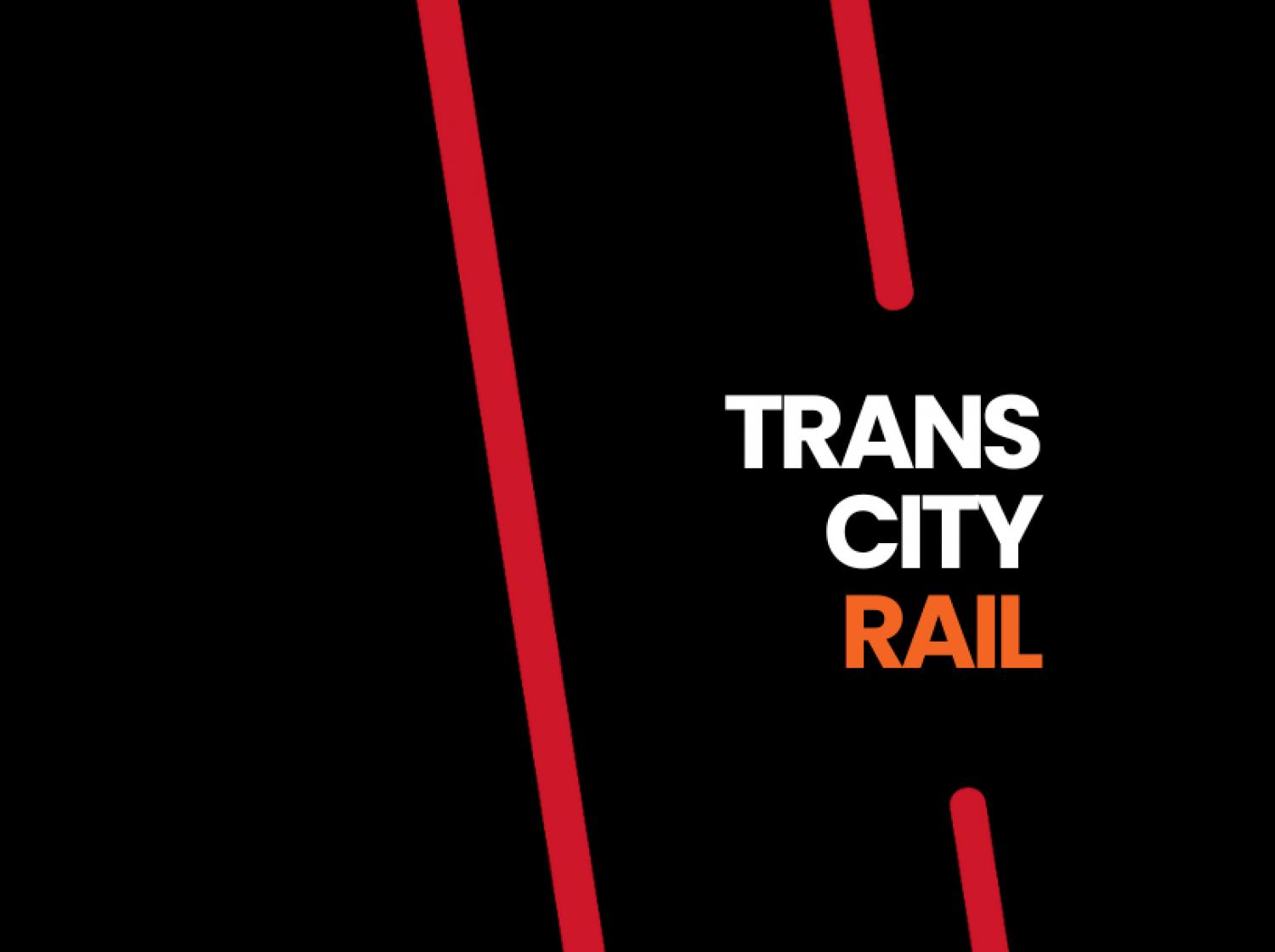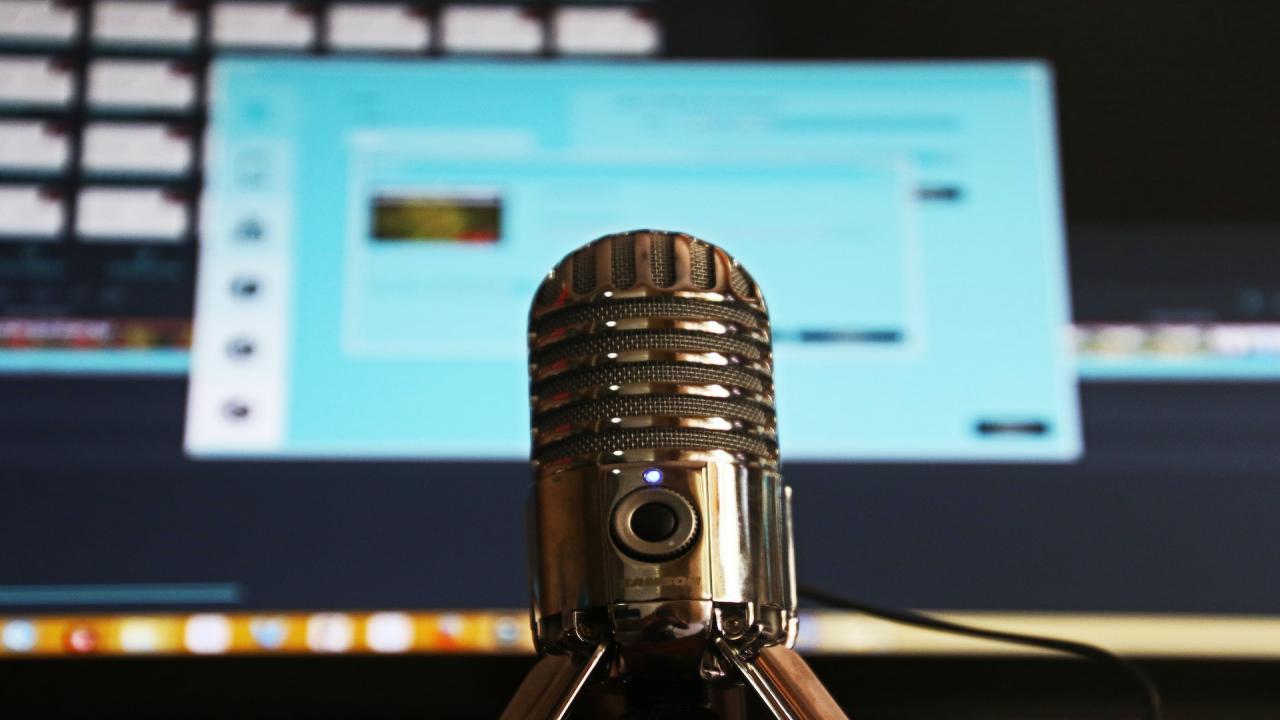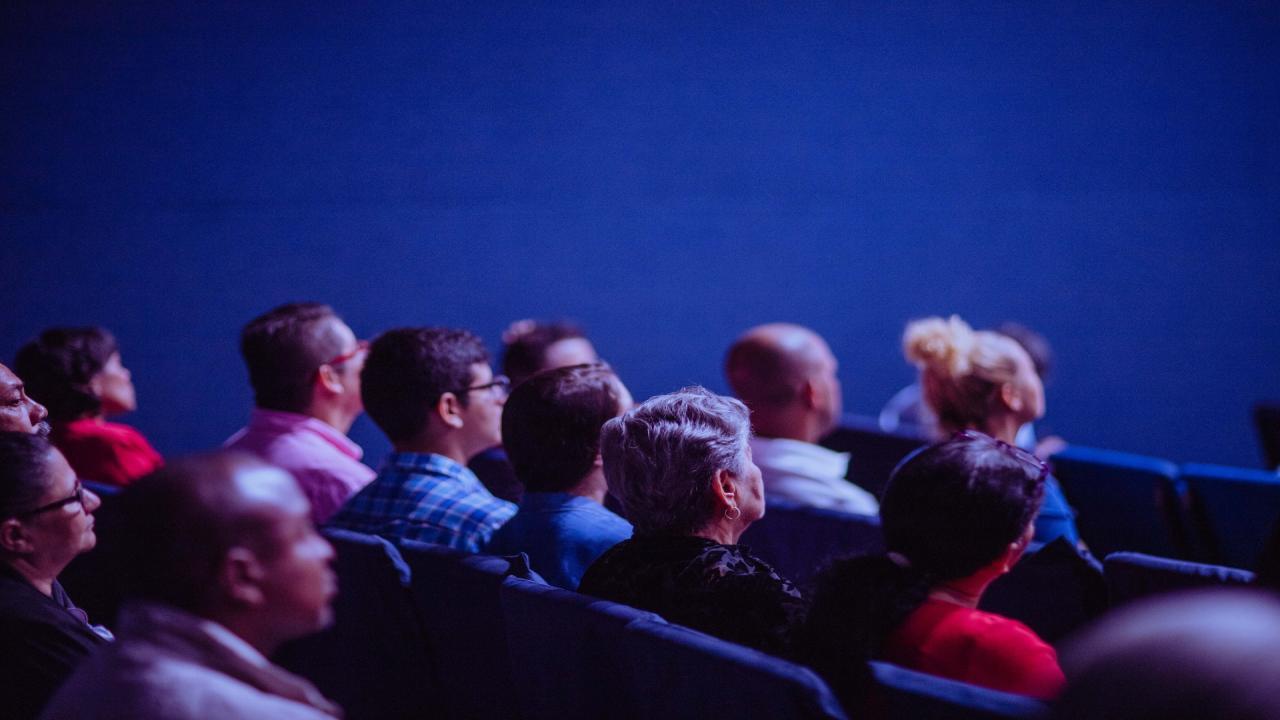Rail-axle bearings deteriorate with time and usage through rolling contact fatigue (RCF). Currently bearings are replaced during maintenance schedules ‘on-time’ or when a bearing has failed, with implications, such as service delay, derailment and fire with risk to life.
Condition monitoring (CM) is often applied to rail-axle bearings, to detect a change in monitored parameters in service.
Dr Nicola Symonds, Head of nC2 Engineering Consultancy at the University of Southampton, explained: “CM alone cannot accurately quantify (diagnose) the severity of the physical damage until the relationship between the CM recorded metric (vibration, temperature, etc.) and the extent of the damage has been quantified”.
The new paper details how the University of Southampton and Scantron Industrial Products, with the support of Perpetuum Ltd., are researching new technology aimed at defining this CM/damage relationship for rail bearings.
This work has been funded by Innovate UK, led by the surface contact measurement specialists Scantron Industrial Products Ltd and built on the research knowledge of nC2 Engineering Consultancy, an industrial focused team within the University of Southampton. This work has been based on several years of research carried out by Dr Corni and Dr Symonds of nC2 Engineering Consultancy in conjunction with the condition monitoring experts Perpetuum Ltd.
During their research Dr Corni and Dr Symonds have mapped and characterized the damage in rail-axle bearings returned form service.
Their work demonstrated that sub-surface-initiated damage or primary damage is the first damage to appear on rail bearings in service. This damage develops sub-surface cracks that when they reach the surface free a chunk of material leaving a ‘macro pit’ on the surface. From this macro pit, secondary surface origin micropitting damage then develop during running.
The paper describes the principles of the BEARING-EYE, a new instrument built to map and interpret the surface damage observed in failing rail axle bearings and the ability to quantify the RCF damage.
View Dr Corni & Dr Symonds' full research paper:
In order to measure the damaged races, the outer ring of the bearing is placed onto the rotational stage of the BEARING-EYE and the sensor is positioned within. A circumferential scan strip is performed as the bearing is driven through one revolution, then the vertical stage is moved down to measure subsequent strips. At each measurement position, the sensor is triggered to take a measurement and the encoder values are captured.
From this a detailed point cloud of data is collected for later analysis. This 3D non-contact technique is a significant leap forward from the current best instrument which measures surface roughness using 2D contact profilometry, providing discreet slices as evidence.
For the paper three bearings, removed from service from Southeastern trains after identification by Perpetuum Ltd, were scanned by the robotic BEARING-EYE. For comparison the bearings were also analyzed by a human expert using a macroscope with LED lighting identifying the regions of sub-surface and surface-initiated RCF.
The time and miles the bearings completed before extraction clearly show that damage could happen at any time.
The department at the University of Southampton looks to continue its research according to the paper, saying: “The future work will focus on developing a software based on fractographic analysis, that will interpret the damage severity and report this as a simple numeric output. This innovative software will use machine learning algorithms to analyse the extracted spatial data and will provide a simple numeric output which equates to the severity of the damage”.
The department at the University of Southampton looks to continue its research according to the paper, saying: “The future work will focus on developing a software based on fractographic analysis, that will interpret the damage severity and report this as a simple numeric output. This innovative software will use machine learning algorithms to analyse the extracted spatial data and will provide a simple numeric output which equates to the severity of the damage”.
The authors of the paper argue that BEARING-EYE is the tool needed to catalogue bearing damage, not just the extent but the mechanism, providing the feedback loop needed to take CM to the level where rail maintenance can safely move from 'on-time' to 'on-condition' and that this would remove the implications of unexpected failures and the subsequent wider economic and environmental impacts.
"Understanding the relationship between the rolling contact fatigue (RCF) damage and the Condition Monitoring (CM) data (true calibration) requires a measuring device able to quantify the RCF damage."
As well as in the embedded iFrame above, the full report from the University of Southampton can be read here.

